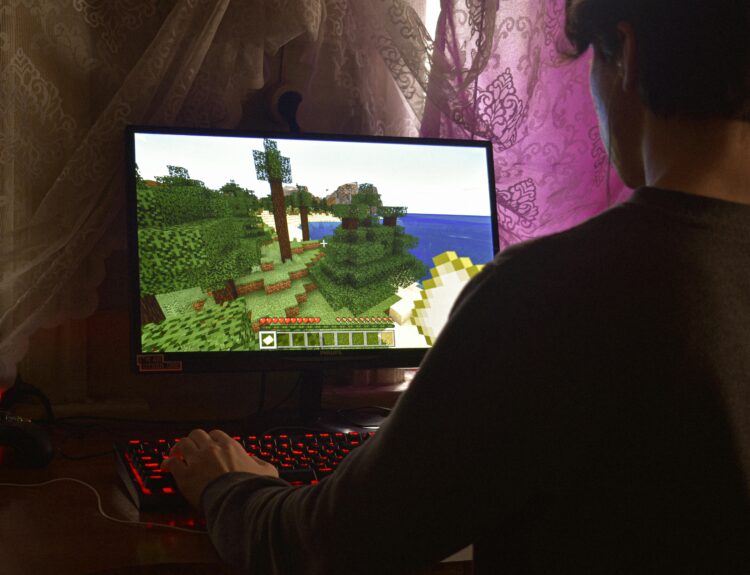The advent of Virtual Reality (VR) technology has marked a new era in the world of video games, offering an immersive experience that transcends the traditional boundaries of gaming. This transformation is not just limited to how we play games but extends to the very core of game design and the rules that govern virtual worlds. In this guide, we’ll explore the profound impact of VR on the gaming industry, highlighting the innovative changes it brings to gaming experiences and how it’s revolutionizing in-game rules.
The Immersive World of VR Gaming
Virtual Reality gaming offers an unparalleled level of immersion, transporting players into vivid, interactive 3D environments. This leap in gaming technology not only enhances the player’s experience but also opens up new avenues for game developers to innovate.
Key Aspects of VR Immersion
- Visual Fidelity: High-resolution graphics and 360-degree views create a convincing alternate reality.
- Interactivity: Motion controllers and haptic feedback devices enable natural interactions within the game world.
- Spatial Audio: 3D audio effects heighten the sense of presence, making the virtual environment more realistic.
Revolutionizing In-Game Rules with VR
Virtual Reality introduces new paradigms in game development, challenging traditional gameplay mechanics and rules. The spatial nature of VR allows for innovative game design approaches that prioritize physical interaction and spatial awareness.
Innovations in VR Game Mechanics
- Physics-Based Interactions: Emphasizing realistic physics to enhance the credibility of actions within the game.
- Natural Movement Systems: Encouraging physical movement, such as walking or ducking, rather than traditional joystick-based navigation.
- Environmental Manipulation: Allowing players to interact with the game environment in intuitive ways, creating dynamic gameplay scenarios.
The Future of Gaming with VR
As VR technology continues to evolve, its impact on the gaming industry promises to grow. Future developments are expected to further blur the line between virtual and reality, offering even more immersive and interactive experiences. The potential for social interaction within virtual spaces also poses exciting possibilities for multiplayer and cooperative gameplay.
| Year | Milestone in VR Gaming |
|---|---|
| 2020 | Introduction of standalone VR headsets. |
| 2021 | Advancements in haptic feedback technology. |
| 2023 | Integration of AI for more responsive virtual environments. |
In conclusion, the rise of Virtual Reality is not just transforming gaming experiences by offering unprecedented levels of immersion and interactivity but is also revolutionizing the rules of game design and play. As VR technology advances, it continues to redefine what is possible within the realm of video games, promising a future where the virtual and the real seamlessly converge.






